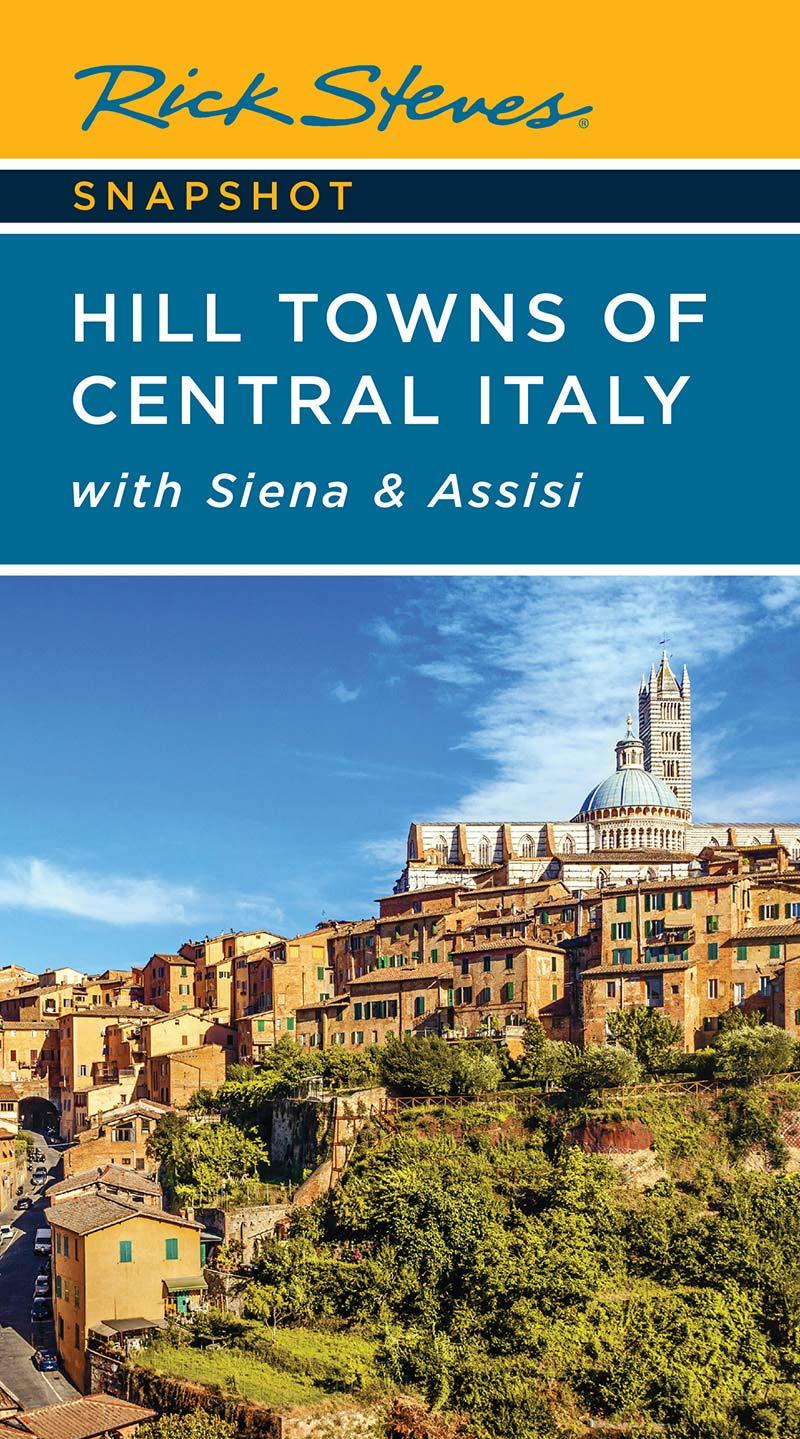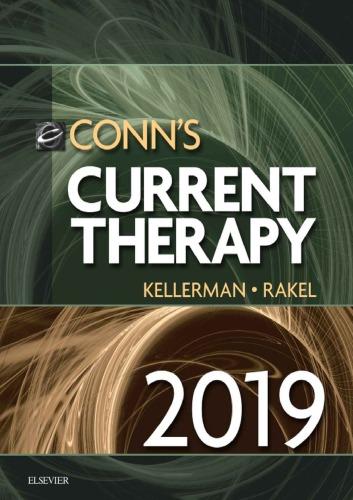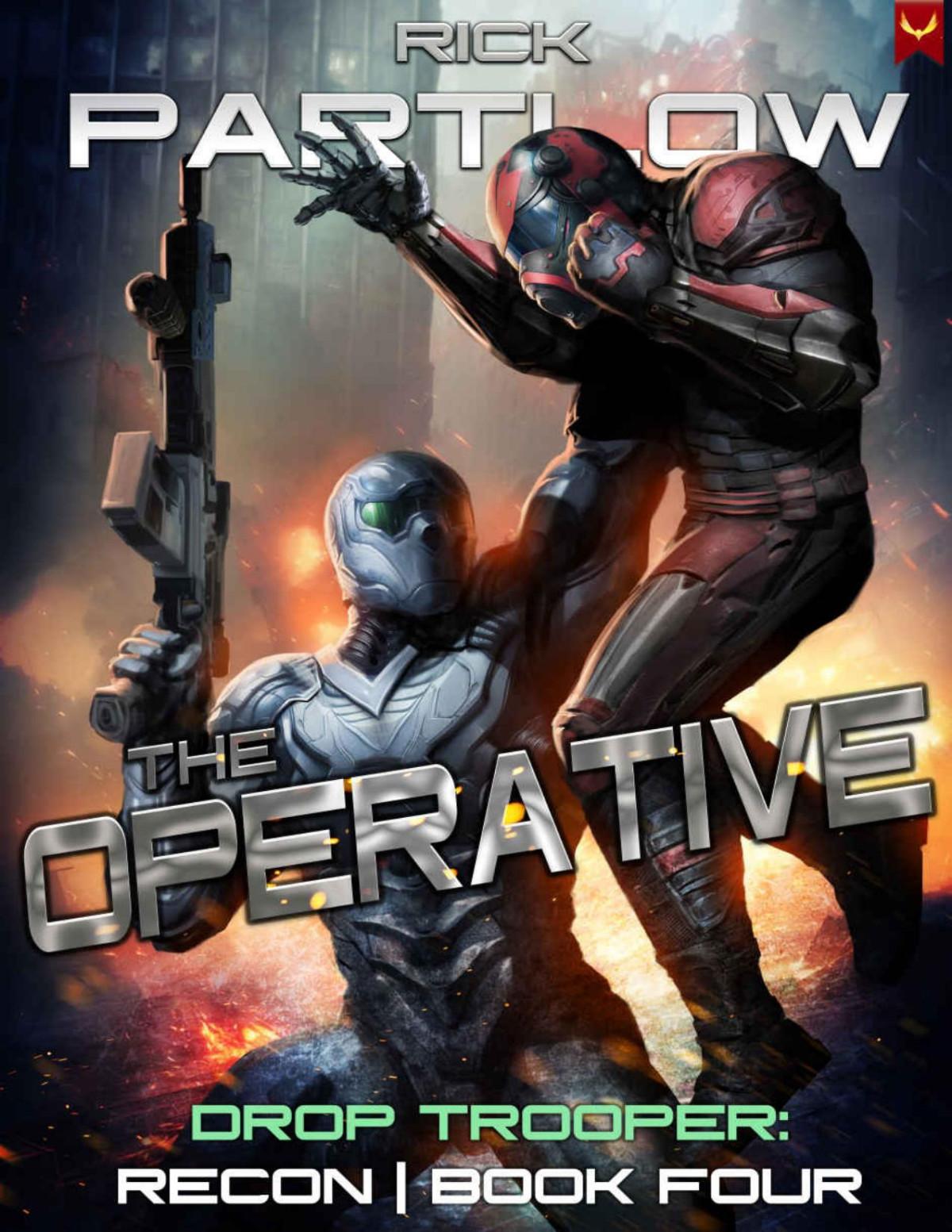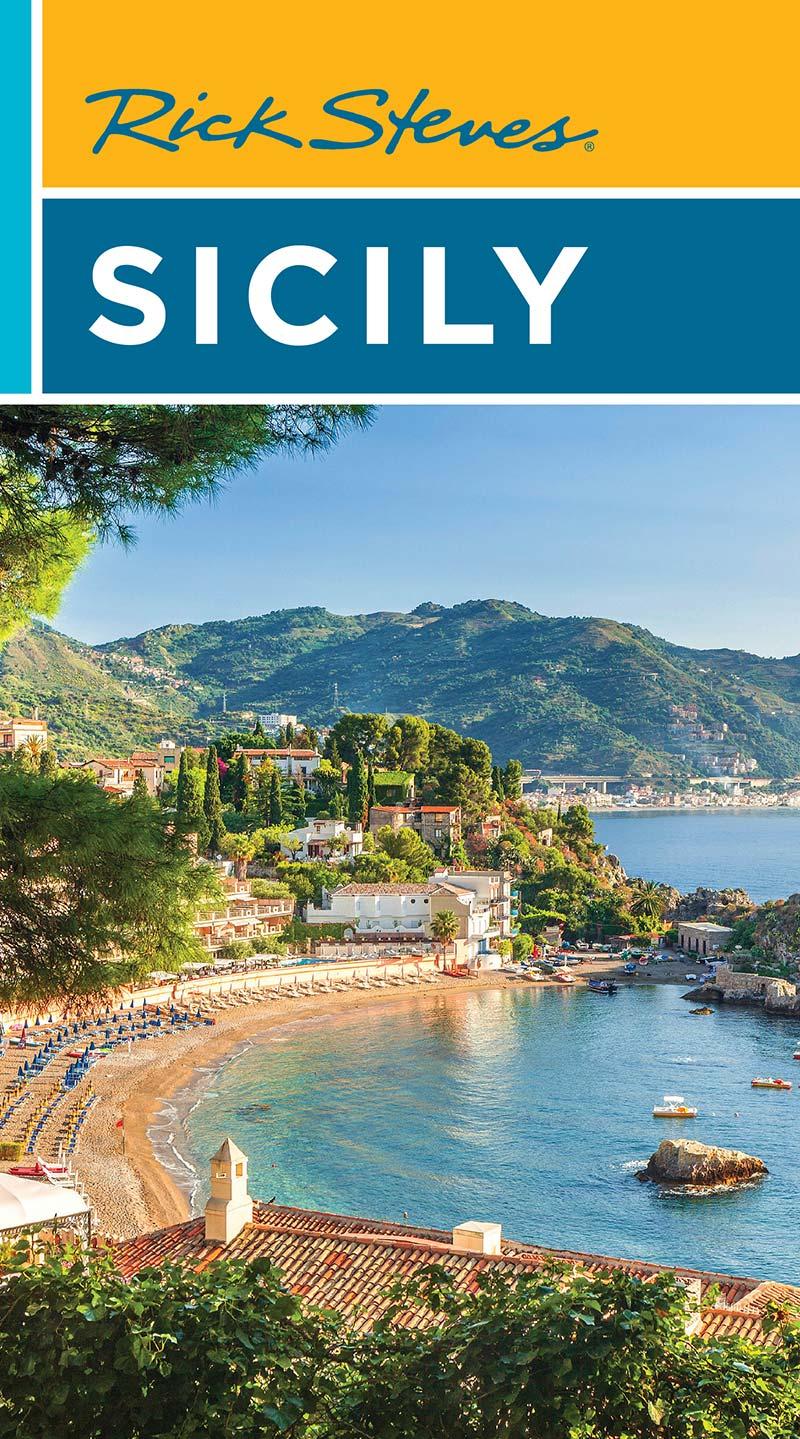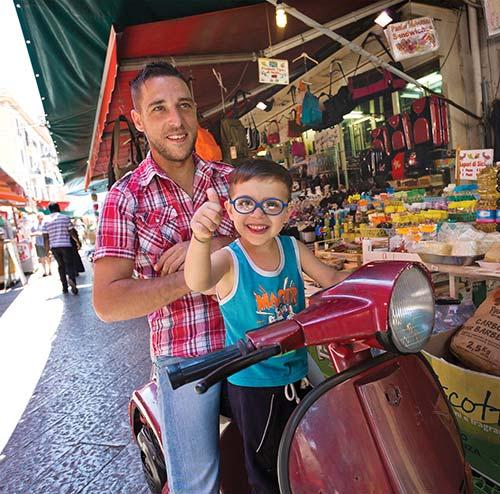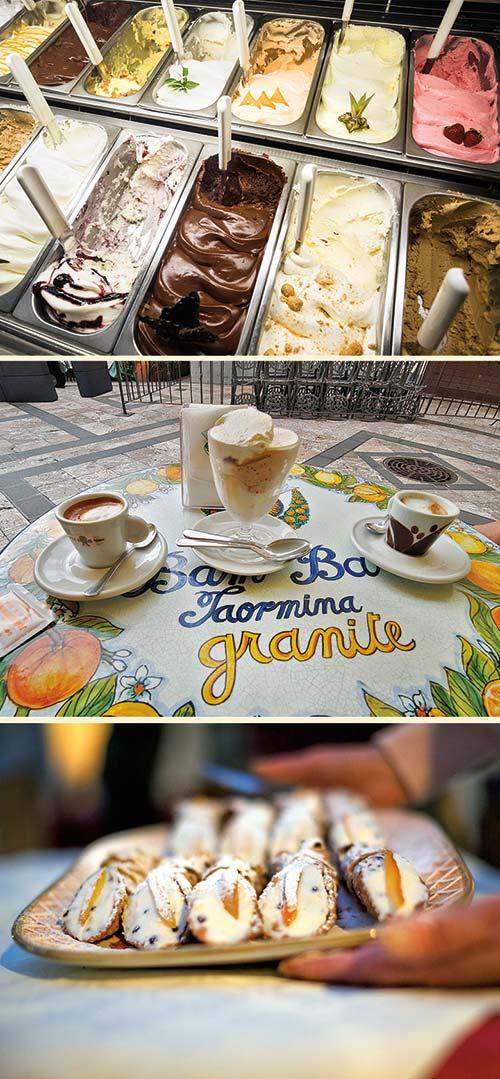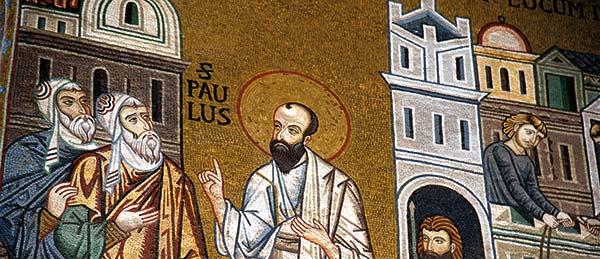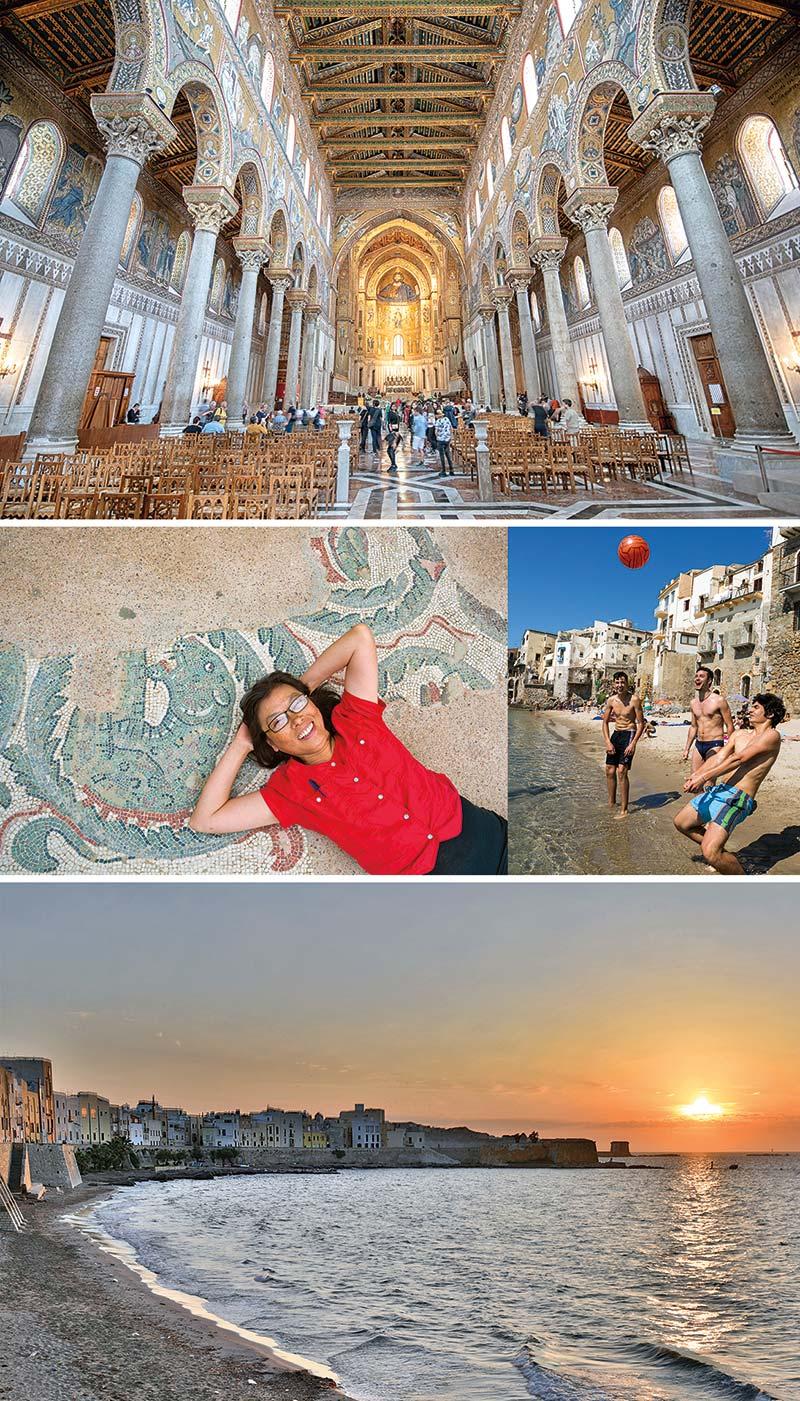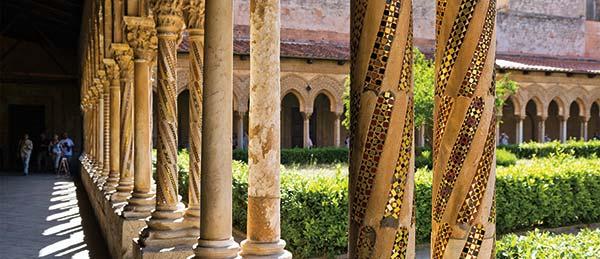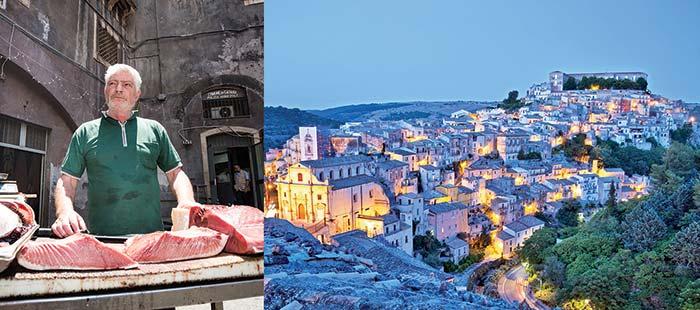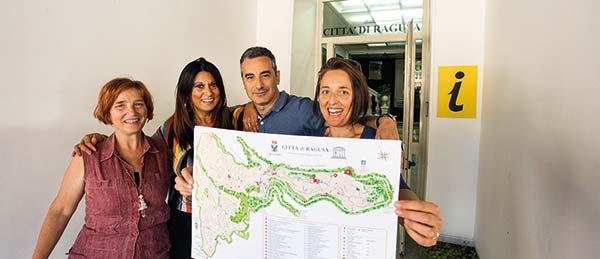Welcome to Rick Steves’ Europe
Travel is intensified living—maximum thrills per minute and one of the last great sources of legal adventure. Travel is freedom. It’s recess, and we need it.
I discovered a passion for European travel as a teen and have been sharing it ever since—through my bus tours, public television and radio shows, and travel guidebooks. Over the years, I’ve taught millions of travelers how to best enjoy Europe’s blockbuster sights—and experience “Back Door” discoveries that most tourists miss.
This book offers a balanced mix of Sicily’s lively cities and cozy towns, from bustling Catania to sleepy Cefalù. It’s selective: Rather than listing dozens of archaeological sites, I recommend only the best ones. My selfguided museum tours and city walks provide insight into the island’s history and today’s living, breathing culture.
I advocate traveling simply and smartly. Take advantage of my moneyand time-saving tips on sightseeing, transportation, and more. Try local, characteristic alternatives to expensive hotels and restaurants. In many ways, spending more money only builds a thicker wall between you and what you traveled so far to see.
We visit Sicily to experience it—to become temporary locals. Thoughtful travel engages us with the world, as we learn to appreciate other cultures and new ways to measure quality of life.
Judging by the positive feedback I receive from readers, this book will help you enjoy a fun, affordable, and rewarding vacation—whether it’s your first trip or your tenth.
Bon Viaggiu! Happy travels!
SICILY
A Sweet Trip Through Sicily
Sicily’s Top Destinations
Map: Sicily’s Top Destinations
MUST-SEE DESTINATIONS
WORTH-IT DESTINATIONS
Planning Your Trip
DESIGNING AN ITINERARY
Map: Sicily by Car BEFORE YOU GO
Travel Smart
Sicily is a fertile, uncommon mix of geology and culture. Eruptions from its volcano, a glowing sun, generations of hard work, and wave after wave of civilizations storming through over the centuries—they all come together
here, giving visitors a full-bodied travel experience that engages all the senses.
If Italy is one of the most dramatic, flamboyant places in Europe, Sicily is its distilled and intensified sibling—pure passion set in wild beauty. To those who have traveled in other parts of Italy, Sicily may feel similar—but it’s not the same. The beauty is more rugged, the food is more flavorful, and the highs and lows of human history are more extreme. Coming to this island requires not only patience and a sense of adventure, but a willingness to be open to its seductions.
Sicily floats just off the toe of Italy’s boot, like a soccer ball about to be kicked. At about 9,900 square miles, the island can be driven end to end in three hours—a journey that traverses a variety of landscapes, climates, and cultures. This is the only place I can think of where you can marvel at a well-preserved Greek temple, wander through Carthaginian ruins, listen to the Arab-influenced sales pitches of market vendors, dine on African couscous, and admire the glittering mosaics of a Norman cathedral...all in a single day.
Western Sicily is home to Palermo, the busy capital.
Ringed by mountains and citrus groves, the once-elegant city has a 19thcentury center spiced with fragments of Arab and Norman buildings from a thousand years ago. Nearby is the magnificent Norman cathedral at Monreale. Outside Palermo, this region is quiet and untamed—and often wet and windy—with rolling hills punctuated by jagged mountains and aquamarine waters lapping at windmill-sprinkled salt flats. On the southwest coast is Agrigento, home to an amazing ensemble of cliffhanging Greek temples.
Twilight Palermo, cradled by nearby mountains; eye-catching ceramics in
Things get drier as you move inland, with rolling fields of wheat. In the island’s arid midsection, dusty medieval hill towns crown peaks scattered along dry riverbeds. Burrowed here, in the middle of nowhere, is the ancient, mosaic-rich Villa Romana del Casale.
Sicily’s sunny eastern side is dominated by Europe’s most active volcano, Mount Etna. From her smoking peak, the mountain slopes gently down to the southeast coast. Surrounding Etna are thriving cities (earthy Catania, historic Siracusa, and resorty Taormina), ancient wonders, and a tropical natural beauty. This side of the island bustles with shopping centers, factories, urban sprawl, and traffic. To the south, deep valleys and rolling green hills lead to a sunny coast strewn with ancient artifacts and wide sandy beaches.
Sicily’s location at the center of the Mediterranean made it a strategic base for successive waves of long-ago settlers and invaders—each leaving a mark on the culture and landscape. And that too has had an effect on Sicily’s regional differences.
A Sweet Trip Through Sicily
Erice
Typical Italian desserts, such as tiramisu and biscotti, are lightly sweetened and made with little butter. But Sicilian sweets pull out all the stops—they’re packed with calories and sugary goodness.
The difference in desserts stems from 200-plus years of Arab rule. When the Arabs arrived in 827, they brought date palms, oranges, lemons, almonds, ginger, and most important, sugar. New farming techniques, such as irrigation, made it possible to cultivate these delicacies—which thrived. Today’s Sicilian desserts owe their sweetness to this Arabic heritage.
Most pastries are made with some combination of sugar, almonds, citrus, and ricotta. Every town has a pasticceria crafting the local version of each sweet, and many desserts have funny names and backstories (like the minnuzze, or breasts, of St. Agatha—a round spongy cake topped with a cherry). Sicilian sweets are eaten any time of day, not just after a meal. A typical breakfast is a sweet one, with cakes, cookies, and pies, all washed down with a cappuccino.
Pasta di mandorla is an almond cookie. Made with almond flour, sugar, and egg whites, this basic recipe comes in many variations, usually named for the shape: little pyramids (tette delle monache, “nuns’ breasts”), wavy wafers (foglie da té, “tea leaves”), or clumps of dough dropped roughly in the pan (brutti e buoni, “ugly but good”).
Authentic Sicilian pastries include cassata cake, the cherry-topped “breasts of St. Agatha,” and almond cookies stuffed with pistachios.
Cassata is a classic, colorful, sugarbomb cake. The simplest cassata is a crust filled with lightly sweetened ricotta. More elaborate versions might have a base of liquor- infused cake topped with sweet ricotta cheese and chocolate chips, then crowned with a layer of neon green marzipan and a sugar glaze.
Gelato is found all over Sicily, with local varieties such as pecorino (sheep’s milk), fichi d’india (prickly pears), and cassata, a gelato version of the cake.
Sicilians also enjoy a light, refreshing frozen treat called granita. Similar to a slushie, it’s served only during the warmer months (AprilOct). Traditional flavors are mandorla (almond), limone (lemon), and gelsi (mulberry), but you’ll find many others. Sicilians enjoy a granita for breakfast, topped with whipped cream. For a truly local treat, order your granita with a warm brioche bun to use as a scoop.
In Sicily, gelato comes in a cone, a cup, or spread on brioche. A slushy granita is ideal any time of day. Choose a cannolo, but only if it’s filled at the last moment.
Cannoli are the most famous Sicilian sweet. A crispy fried pastry tube is filled with sweetened ricotta, then dusted with powdered sugar. The ends can be dipped in nuts, chocolate chips, or candied fruit, depending on the local style. The mark of a high-quality cannolo is one that’s filled right when you order it—otherwise, the shell gets soggy and loses its crunch.
Choosing a Sicilian sweet from a pastry case can be a challenge, as they are all beautiful and enticing. If you can’t decide, ask for un vassoio misto, a mixed tray of shop selections.
Carthaginians from North Africa used the west side of the island as a trading base. Meanwhile, the Greeks settled the east side. Ancient ruins lie just beneath the surface all along this coast—remnants of Greek colonies that grew to surpass their homeland in splendor. Today, a cultural divide still remains. The west has traditionally been poorer and more rural, and the east more affluent and cosmopolitan.
The people of Sicily are warm and welcoming. Although English can be spotty outside of big cities, that’s never a barrier to conversation, as most Sicilians speak more with their hands than with words.
Sicilians live outdoors, flooding piazzas and al fresco cafés. Early evening is the time for the ritual passeggiata promenade up and down the main drag. Sit in the town square and soak in the atmosphere, eavesdropping on spirited conversations. Most people are talking about the same thing: food.
While food may be an art form in Italy, it’s more like a religion in Sicily. Even if you know Italian food well, Sicilian cuisine will surprise you with its complexity—a legacy of its multicultural background. Sicily grows everything from citrus to nuts to tomatoes and feeds the rest of Italy with its harvests. Produce is fresh, cheap, and plentiful—and sold at markets that more closely resemble an Arab souk than a European marketplace.
Family has always been the thread that holds this cultural tapestry together. Several generations often live in close proximity. Most Sicilians can say they reside within a few miles of where their great-grandparents lived. Sundays are set aside for family, with a big lunch or a drive in the country.
Segesta’s photogenic Greek temple; Catania’s Baroque buildings, built from volcanic basalt
Taormina, in Mount Etna’s shadow; locals celebrating one of Sicily’s many religious processions
Sicily, like Italy, is almost entirely Roman Catholic. Attendance at Mass has sharply declined in the past 20 years, but that hasn’t dampened a spirited participation in religious festivals. Every city has a patron saint who is celebrated effusively with processions, fireworks, and of course, eating.
Sicily lags behind mainland Italy in terms of modernization but is quickly catching up. Some travelers are put off by the chaotic traffic, broken infrastructure, garbage, and graffiti. Public transit is spotty, opening hours change without notice, and Wi-Fi works when it wants to. Things won’t go the way you expect, and “island time” is firmly in effect.
Rather than seeing these as problems, use them as an invitation to enjoy il dolce far niente (“the sweetness of doing nothing”), and surrender to the island’s charms. Slow your pace, linger over a glass of local wine, and breathe the sea air. Embrace the chaos, and open yourself up to the wonders of a place that lives by its own rules.
Sicily’s Top Destinations
Mamma mia! There’s so much to see in Sicily and so little time. This overview categorizes Sicily’s top destinations into must-see places (to help first-time travelers plan their trip) and worth-it places (for those with extra time or special interests). I’ve also suggested a minimum number of days to allow per destination.
MUST-SEE DESTINATIONS
Sicily’s top cities show off the historical and cultural diversity of the island. For the best quick visit, focusing on these two destinations will give you a sampler platter of ancient Greek, Arab, Norman, and late Baroque Sicily, set against a modern backdrop.
▲▲▲Palermo (1-2 days)
Sicily’s sprawling capital is gritty on its face, but its colorful markets and bustling shopping streets signal a fun-loving city in regeneration. Top activities include eating your way through the thriving Ballarò or Capo street markets, touring the massive Teatro Massimo, marveling at glittering mosaics at the Palatine Chapel or Church of La Martorana, visiting the eerie Capuchin Crypt, and simply exploring the city’s maze of back streets.
▲▲▲Siracusa (1-2 days)
Once the greatest ancient Greek city on Sicily, today’s Siracusa centers around the lovely historic island of Ortigia, boasting shabby-chic lanes, a grand Baroque piazza, and a lazy seafront promenade, plus a charming puppet museum/theater and a unique cathedral built on the skeleton of an ancient temple. Even the drab, urban, mainland part of town is worth a visit for its ancient sites, archaeological museum, spooky catacombs, and modern church.
Byzantine mosaics of Monreale (opposite); Palermo back street; Ballarò street market; Siracusa’s Puppet Museum; Siracusa’s Baroque main square
Monreale Cathedral; beach fun in Cefalù; sunset in Trapani; mosaic floor at Villa Romana del Casale; Monreale’s cloister (opposite)
WORTH-IT DESTINATIONS
You can weave any of these destinations—rated ▲ or ▲▲—into your itinerary. It’s easiest to add destinations based on proximity (if you’re going to Palermo, Cefalù is next door), but some out-of-the-way places can merit the journey, depending on your time and interests.
▲▲Monreale Cathedral (half-day)
An easy side trip from Palermo, this hilltop cathedral is known for its wellpreserved interior, wallpapered with golden Byzantine mosaics, and an adjoining Benedictine cloister.
▲▲Cefalù (1 day)
An hour from Palermo, this fishing village turned beach-bum paradise has a charming old town center with a Norman cathedral, fine seafood options, and an inviting, sandy beach.
▲Trapani & the West Coast (1-2 days)
The laid-back port town of Trapani, famous for its nearby salt flats, makes an easy home base for day trips to the hilltop village of Erice, fishing island of Favignana, Carthaginian ruins at Mozia, and ancient ruins of Segesta and Selinunte.
▲▲Agrigento & the Valley of the Temples (1 day)
This town, on the southern coast, is home to Sicily’s premier ancient attraction: the Greek ruins at the Valley of the Temples, with a fine archaeological museum nearby.
▲▲Villa Romana del Casale (half-day)
Deep in the middle of the island, this remote palace ruin has the largest collection of Roman mosaics ever found in situ—with 38,000 exquisite square feet detailing wild animal hunts, myths, and chariot races.
▲▲Ragusa & the Southeast (1-2 days)
The southeastern corner of Sicily is packed with rolling hills and picturesque towns—the finest being Ragusa, with higgledy-piggledy stone homes blanketing two adjacent hilltops. From here, Modica (famous for chocolate), the valley village of Scicli, the scenic southern coastline, and the showcase Baroque city of Noto are within reach.
▲Catania (half-day)
Sicily’s second city and the de facto capital of the east, workaday Catania is most useful as a transportation hub. Still, its rejuvenated Baroque city center is worth a visit for its splashy fish market, hidden Roman theater, and rare-in-Italy WWII museum.
▲▲Mount Etna (1 day)
The most active volcano in Europe is also the top tourist sight in Sicily. Activities include hikes in a lunar landscape, a visit to the steaming summit, and tours and tastings at up-and-coming wineries on its north slope.
▲Taormina (1 day)
Perched cliffside overlooking the sea, this cushy resort town with a Grand Tour vibe offers picture-perfect views of Mount Etna, a dramatic GreekRoman theater, easy access to the island’s east side, and the chance to rub shoulders with high-end tourists.
Catania fish market; Ragusa spills over two adjoining hills.
Planning Your Trip
To plan your trip, you’ll need to design your itinerary—choosing where and when to go, how you’ll travel, and how many days to spend at each destination. For general advice on sightseeing, accommodations, restaurants, and more, see the Practicalities chapter.

